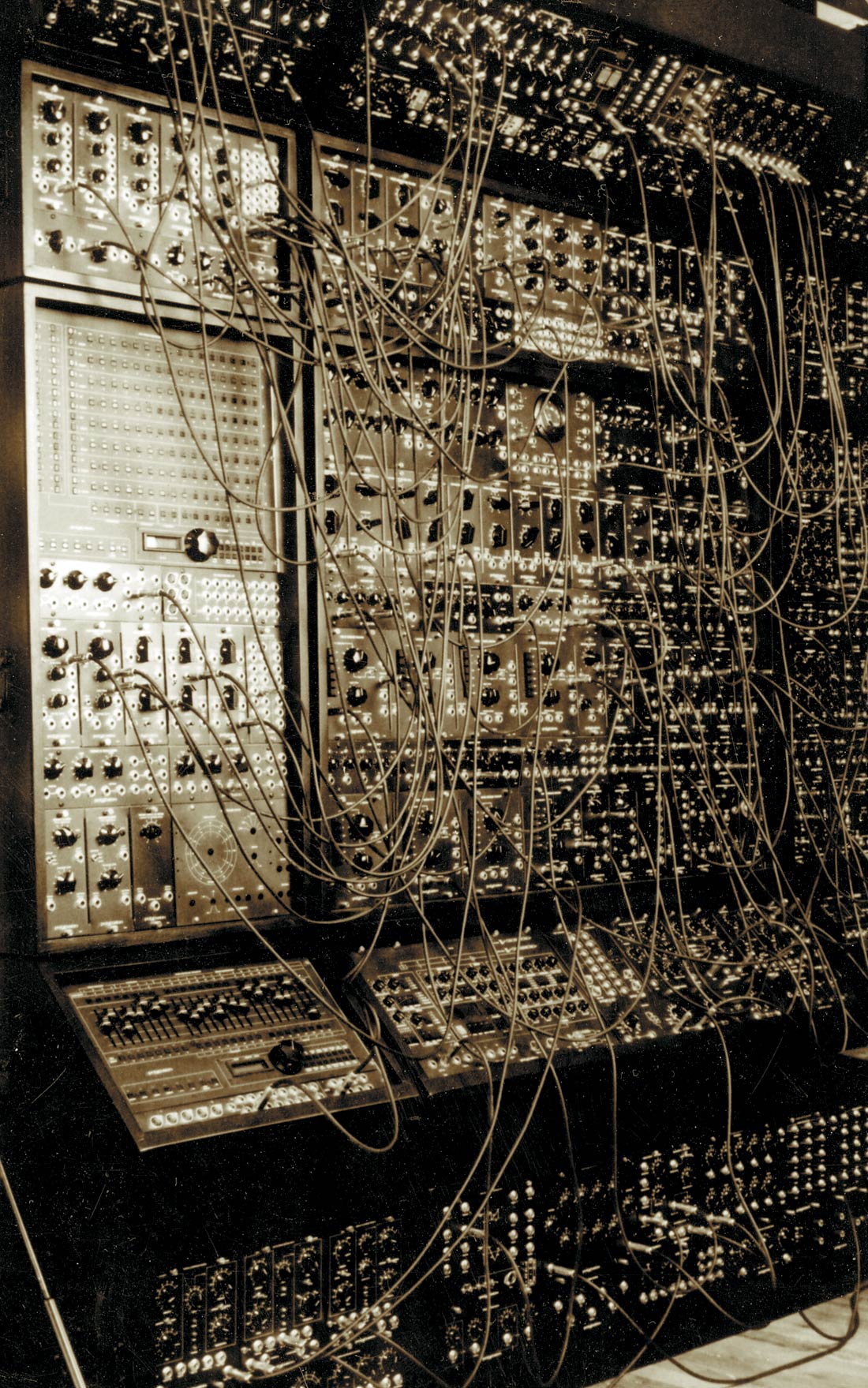Yamaha has done it again-literally. The SPX2000 has just been released and continues faithfully in the tradition of SPX90, 90II 900, 990 and SPX1000. Is there anyone out there who hasn't used an SPX in the studio or at a live event? The SPX2000 packs a few new goodies, but overall the box is an updated version of the staple SPX series processors. With the classic Yamaha SPX look and feel of the SPX2000, no instructions are needed to use this box. New to this SPX are 24-bit, 96 khz processing and the new REV-X reverb algorithm. Standard on this box are XLR and 1/4'' TRS inputs and outputs, which are selectable between +4 dBu and -10 dBV levels. Digital I/O is facilitated via XLR (AES/EBU) connectors and a BNC word clock input. MIDI and USB connectors have been included for patch editing and storage, and Yamaha will soon be releasing SPX2000 Editor (compatible with Studio Manager software for Yamaha digital consoles), which will allow remote control and patch editing from Windows and MacOS X computers.
Along with its good looks, the sound of the SPX2000 is faithful to the SPX line. Along with some new REV-X reverbs, the Symphonic, Bass Chorus, Pitch Shift, Tremolo and the well-known SPX reverb presets are all there. The main preset bank houses 97 patches, which are mostly updated and improved presets from previous SPX's, while the Classic bank is home to 25 additional presets, which are faithful reproductions of the vintage SPX presets. In addition, there are 99 user locations where you can store your own settings. A very cool new feature is a colored backlit LCD that varies among five different colors to signify reverbs, delays, modulation effects, classic effects and other effects. For a live show or in a dark studio, the color-coding allows quick scanning for a particular type of effect and user presets can be color coded to your liking.
Since almost everyone over the age of fifteen has used an SPX, I won't describe the layout of the SPX2000, but let me say that this is one quiet SPX. There is almost no self-noise when using the analog I/O, unless you're using an inherently noisy distortion or flanger patch. The sounds this box creates are excellent and useful sounds, ranging from typical Yamaha gated reverbs to lush choruses and phasers. I also had fun with the Filter presets and Dyna Flange and Dyna Phaser presets. A few useful multi effects also have been included for guitar type effects and rich chorused reverbs.
The SPX2000 lists for $1249, but can probably be purchased for around a grand and will prove to be a much-used effects processor in any studio or live rack. This newest and baddest SPX does a great job of bringing Yamaha's trademark effects into the digital world of newer studios and live sound systems. If you crave the SPX flavor but lack the funds for the newest and baddest SPX, the next best thing would be to find a used SPX900 or 990. These older units don't have the newest algorithms, digital I/O or high bit rates, but they still contain many cool and useful sounds.




_disp_horizontal_bw.jpg)